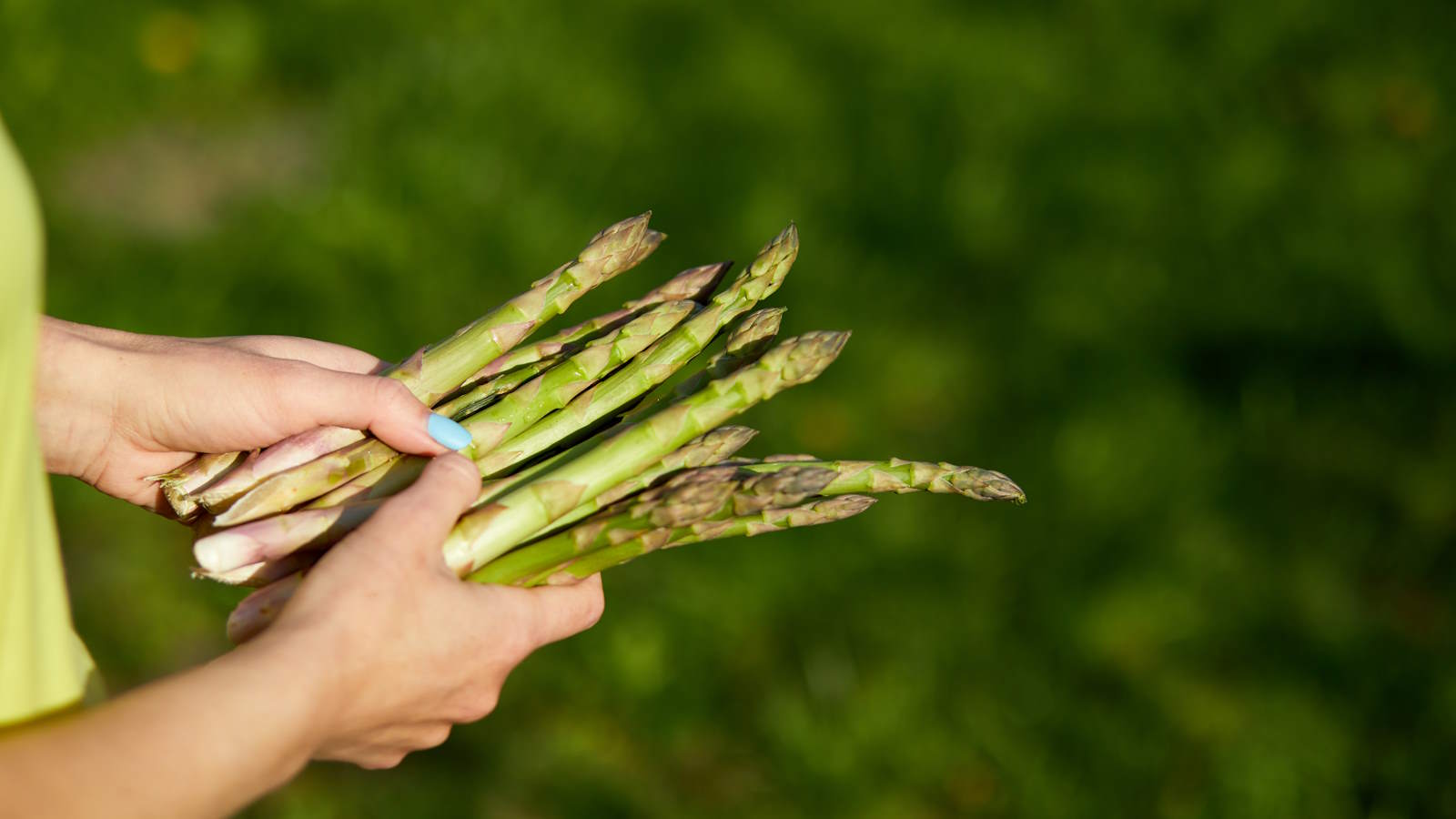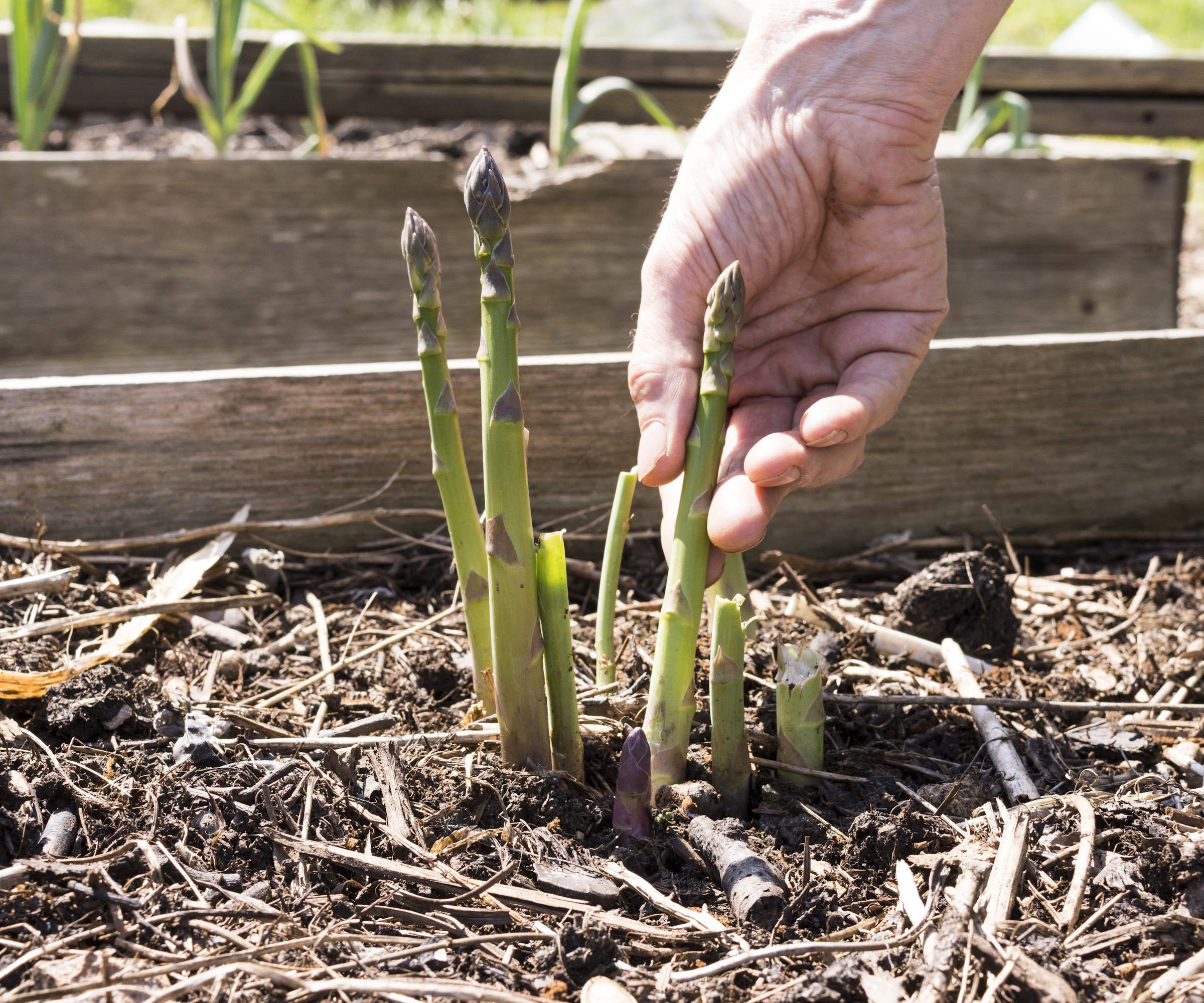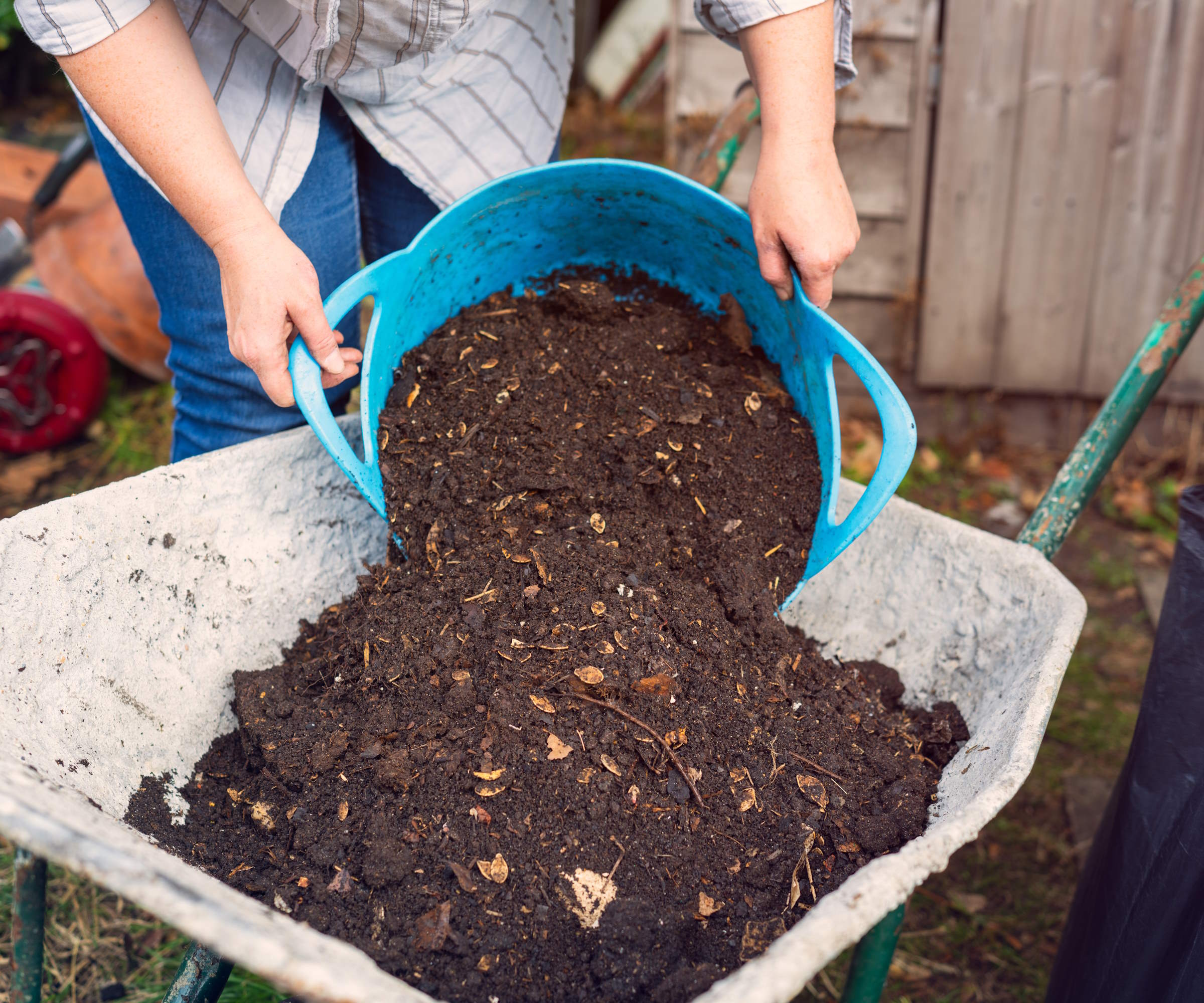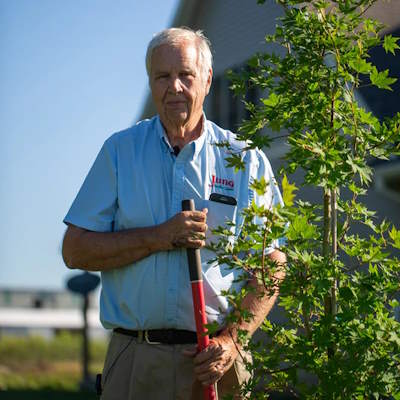Can you grow asparagus in pots? Yes, and here are 4 factors essential to success
Discover key tips for how to grow asparagus in a container – it is ideal for small spaces


Asparagus is a hugely prized crop to grow and one typically grown in the ground. However, is it possible to grow asparagus in a container?
The answer is yes, it can be done but there are some very important elements to get right for the asparagus to grow happily and reward you with a bounty of mouth-watering spears each spring.
It is known that asparagus crowns in the ground can grow and provide harvests for decades, though crowns in pots will have a much shorter lifespan – closer to three or four seasons once you can start harvesting them. But don’t let that put you off as we reveal some insights to help you successfully grow asparagus in a container.

It will take until the third year to get a good harvest of asparagus in a container
How to grow asparagus in a pot
As with growing any asparagus, patience is key. It will take two years from planting an asparagus crown in a container to getting the first harvest of spears. Then you will get several cropping seasons before the crown becomes exhausted from growing in a container. Despite the shorter lifespan, it is worth doing if you do not have lots of growing space and cultivate crops in a small vegetable garden or an urban container garden.
1. Pick a large container

Raised beds are large containers well suited to growing asparagus
Size is important when choosing a container to grow asparagus in. The crop can grow well in a deep raised bed or a large container in a vegetable container garden, though the yield and lifespan of plants will be affected by being bound in containers.
Mark V Wessel, director of horticulture research at Gardens Alive!, warns that the root systems of asparagus crowns ‘can become quite massive’ and that is one reason why ‘the bigger pot the better’. He recommends: ‘A five to ten-gallon pot is a good starting point, or a whiskey barrel if you have the space.’
Another reason for large containers is that asparagus crowns must be planted deeply. A container for an asparagus crown needs to be at least 18 inches deep and 12 inches wide and the crown wants to be planted 4-6 inches deep into the potting compost. Give each crown at least 12 inches of space when planting multiple asparagus crowns into a container or planter.
Design expertise in your inbox – from inspiring decorating ideas and beautiful celebrity homes to practical gardening advice and shopping round-ups.
The container can be wooden, metal, ceramic, plastic, or terracotta, and drainage holes in the bottom are essential.

Mark V Wessel is the Director of Horticulture Research and Research Farm Manager at Gardens Alive! - the company that specializes in selling organic garden and lawn supplies
2. Use a high-quality soil mix

Do not use old garden soil in containers to grow asparagus
Fertility and drainage should be at the forefront of thinking for the soil type to fill any container for asparagus. Asparagus is a heavy feeder and needs very fertile soil. Using high-quality potting soil for container gardening and adding organic matter, such as compost or well-rotted manure, will help keep fertility levels high and boost drainage. To help with drainage, a layer of gravel in the bottom of the container will also help the pot to drain well and prevent the asparagus crowns from sitting in soggy soil.
3. Pay close attention to watering

Watering asparagus in containers is essential during the hot months
Asparagus wants to grow in a sunny spot in the backyard - somewhere that gets 6-8 hours of sunlight each day, which leaves it vulnerable to drying out in summer when growing in containers. The soil can be left to dry slightly between watering but does not want to be allowed to dry out completely. Pay regular attention to when to water plants, especially during the hotter months to keep the soil moist during summer and stop the soil in the container from turning bone dry.
4. Use the right fertilizer

Fertilizing asparagus in containers will mean better stems to harvest
The right feeding program can help guarantee a good harvest of tender spears from the container. A high fertility level will promote the growth of spears and should ideally take place throughout the growing season, which runs from early spring through to late summer or early fall.
The asparagus spears that are eaten are the vegetative part of the plant. A feed high in nitrogen and potassium will encourage the development of lots of these spears. That means, when considering feed options, focus on ones with higher first and third plant fertilizer numbers on the packaging.
Such products can be either granular or liquid fertilizers and the type will dictate how often they need to be applied. To fertilize asparagus, Mark V Wessel advises: ‘If you use a water-soluble fertilizer, use it every two weeks during the growing season. You can feed more often, however, decrease the fertilizer rate. If you use a granular product, apply at least once per month.’
FAQs
How do you overwinter asparagus in pots?
Asparagus crowns are hardy in US hardiness zones 4-8 when growing in the ground, however, their roots are more susceptible to cold growing in containers. Growers in warmer climates can leave the container outdoors over winter, however, those in colder regions may need to use measures to overwinter the vegetables outdoors.
Dick Zondag, the owner of Jung Seed Company, advises: ‘If you try to grow asparagus in containers in the north the container needs to be moved into a garage or be protected because the roots are more intolerant to a hard freeze.’
‘If you have a raised bed garden and live in the north, the sides need to be insulated to prevent the soil from freezing very hard,’ adds Dick.

Dick Zondag is the owner of Jung Seed Company, a cherished family enterprise flourishing since 1907. He has a YouTube channel, The Garden Doctor, where he shares tips, tricks and tales from the soil.
If you want to extend the life of an asparagus crown grown in a container, there is the option to transplant the crown out into the ground in a vegetable garden. The best time to transplant crowns is in spring, or the task can be done in fall around the time you cut back asparagus at the end of the season.

Drew has worked as a writer since 2008 and was also a professional gardener for many years. As a trained horticulturist, he worked in prestigious historic gardens, including Hanbury Hall and the world-famous Hidcote Manor Garden. He also spent time as a specialist kitchen gardener at Soho Farmhouse and Netherby Hall, where he grew vegetables, fruit, herbs, and cut flowers for restaurants. Drew has written for numerous print and online publications and is an allotment holder and garden blogger. He is shortlisted for the Digital Gardening Writer of the Year at the 2025 Garden Media Guild Awards.


